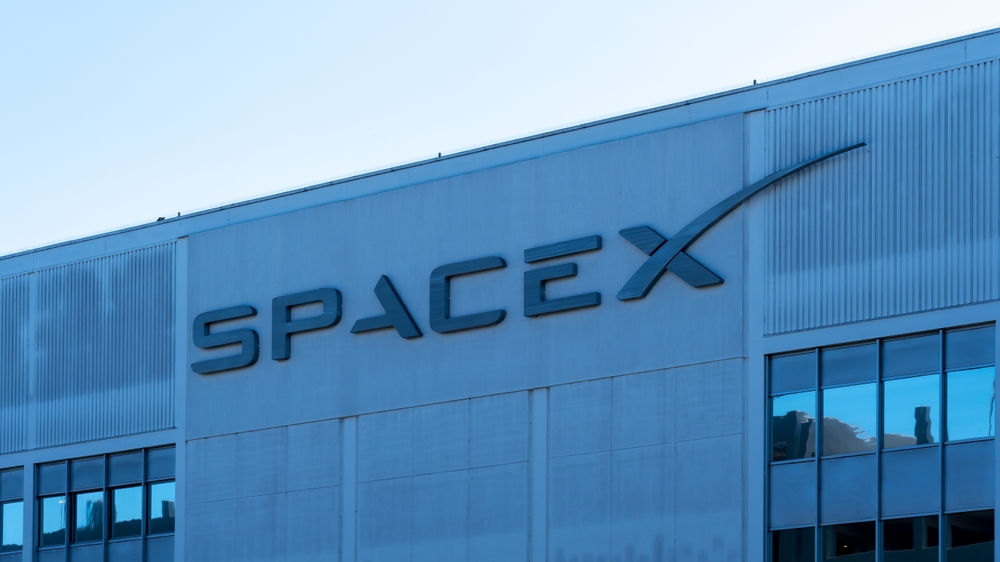On September 12, 2024, SpaceX’s Polaris Dawn mission achieved a groundbreaking milestone by conducting the world’s first private spacewalk in orbit. This historic event took place on the third day of the mission, which saw a crew of four astronauts—including mission financier Jared Isaacman—soaring high above Earth.
The Spacewalk Breakthrough
Launching atop a Falcon 9 rocket from NASA’s Kennedy Space Center on September 10, Polaris Dawn made space history by reaching a record altitude of 870 miles, surpassing previous crewed missions. The mission’s Crew Dragon Resilience spacecraft later descended to 458 miles for the spacewalk. The crew, including Isaacman and SpaceX’s Sarah Gillis, ventured outside the spacecraft in specialized suits designed for this unprecedented activity.
Innovative Technology and Future Prospects
The spacewalk was facilitated by SpaceX’s newly developed EVA suits and a custom-designed “Skywalker” hatch, enabling astronauts to maneuver around the spacecraft. These advancements are pivotal for future missions, potentially paving the way for human exploration on Mars. Isaacman emphasized the significance of testing these technologies, highlighting the suit’s potential for future spacefarers.
Scientific Contributions and Future Missions
Beyond the spacewalk, Polaris Dawn’s mission includes conducting 36 scientific experiments across various fields, from biometric data collection to radiation studies. These experiments will contribute valuable insights to NASA’s Human Research Program, enhancing our understanding of spaceflight’s effects on the human body.
As Polaris Dawn nears its conclusion, set to return to Earth on September 16, it not only marks a milestone in private spaceflight but also offers a glimpse into the future of human space exploration. For a detailed look at this historic spacewalk, check out the full coverage on Space.com.
